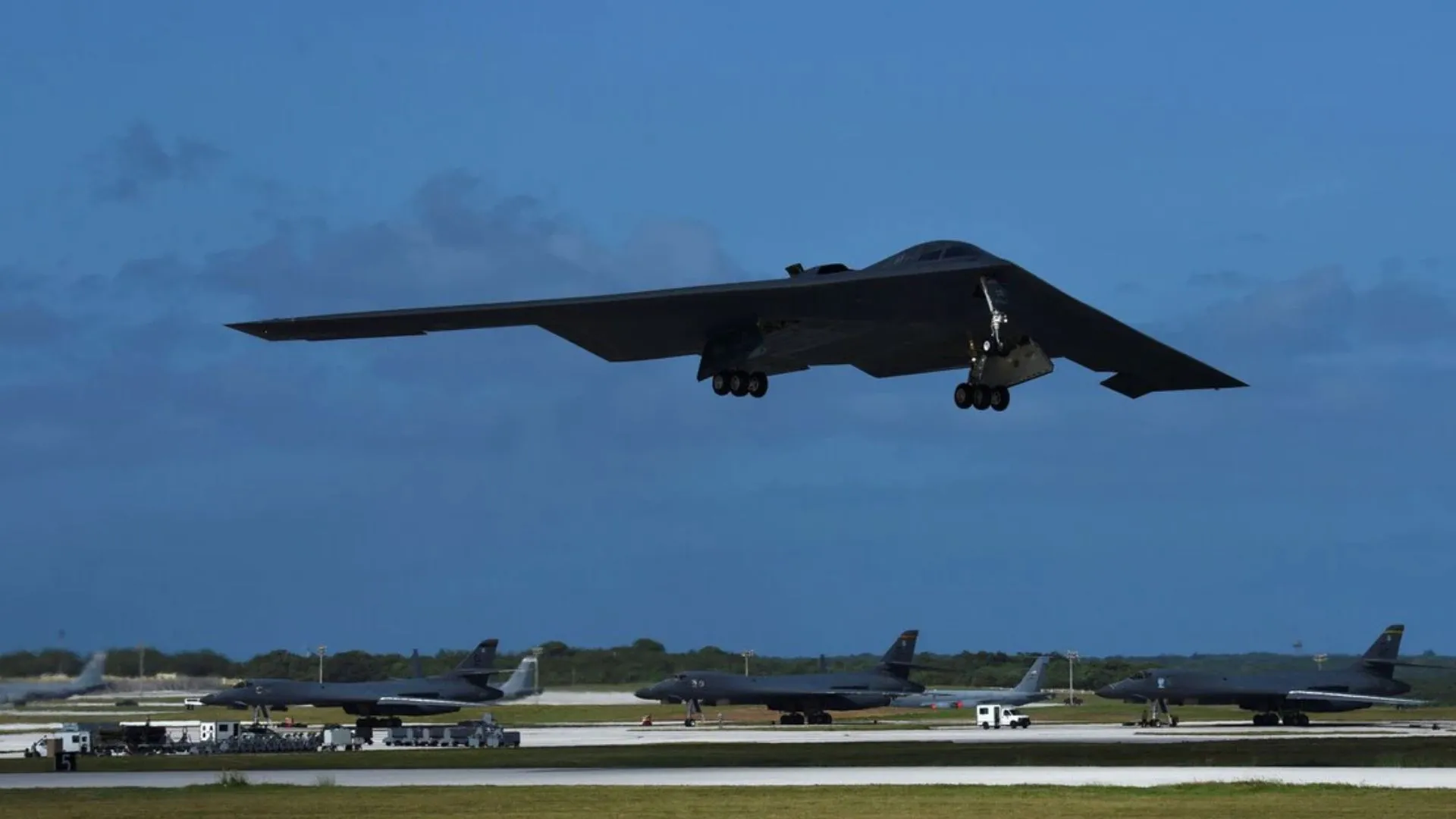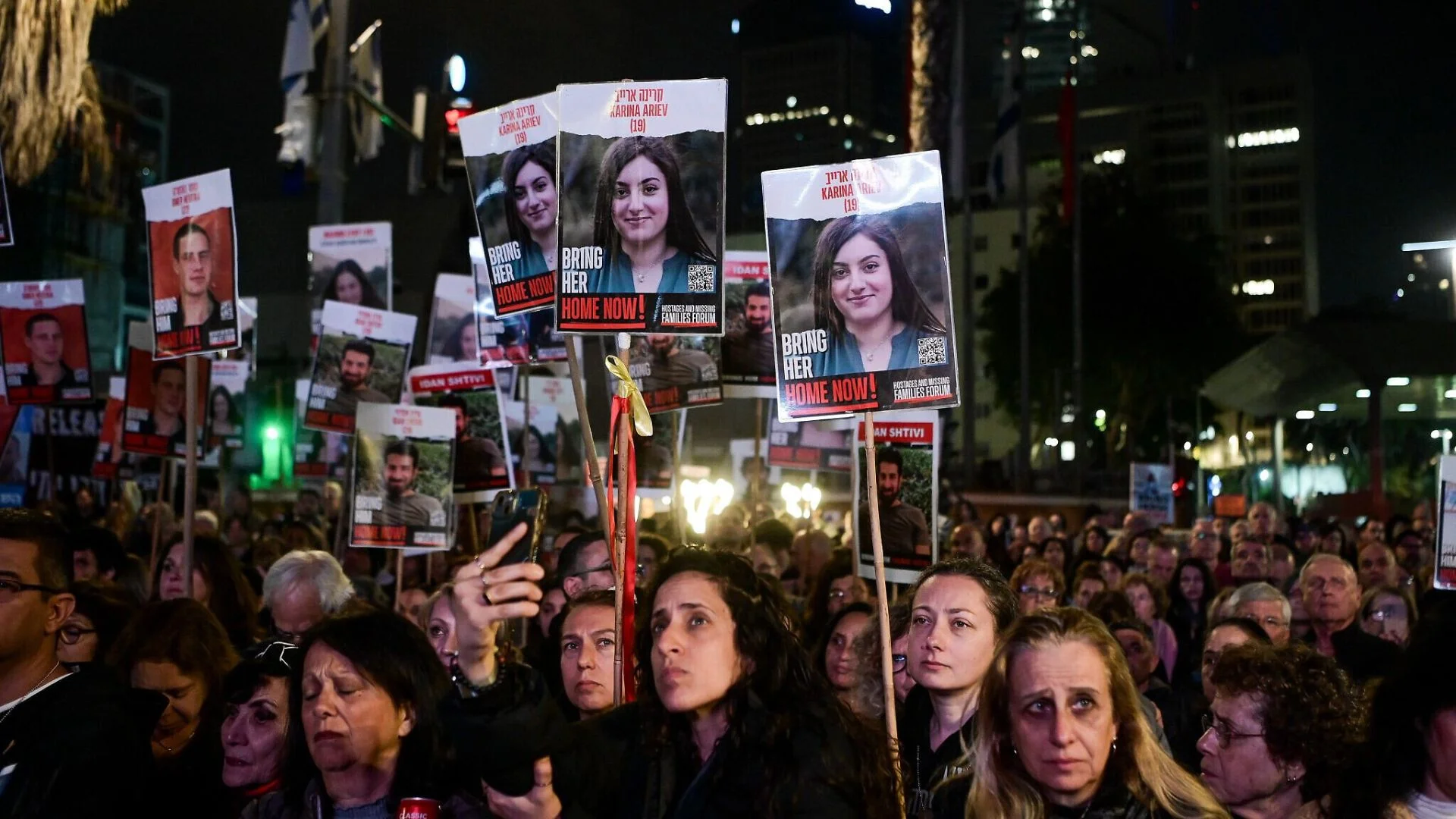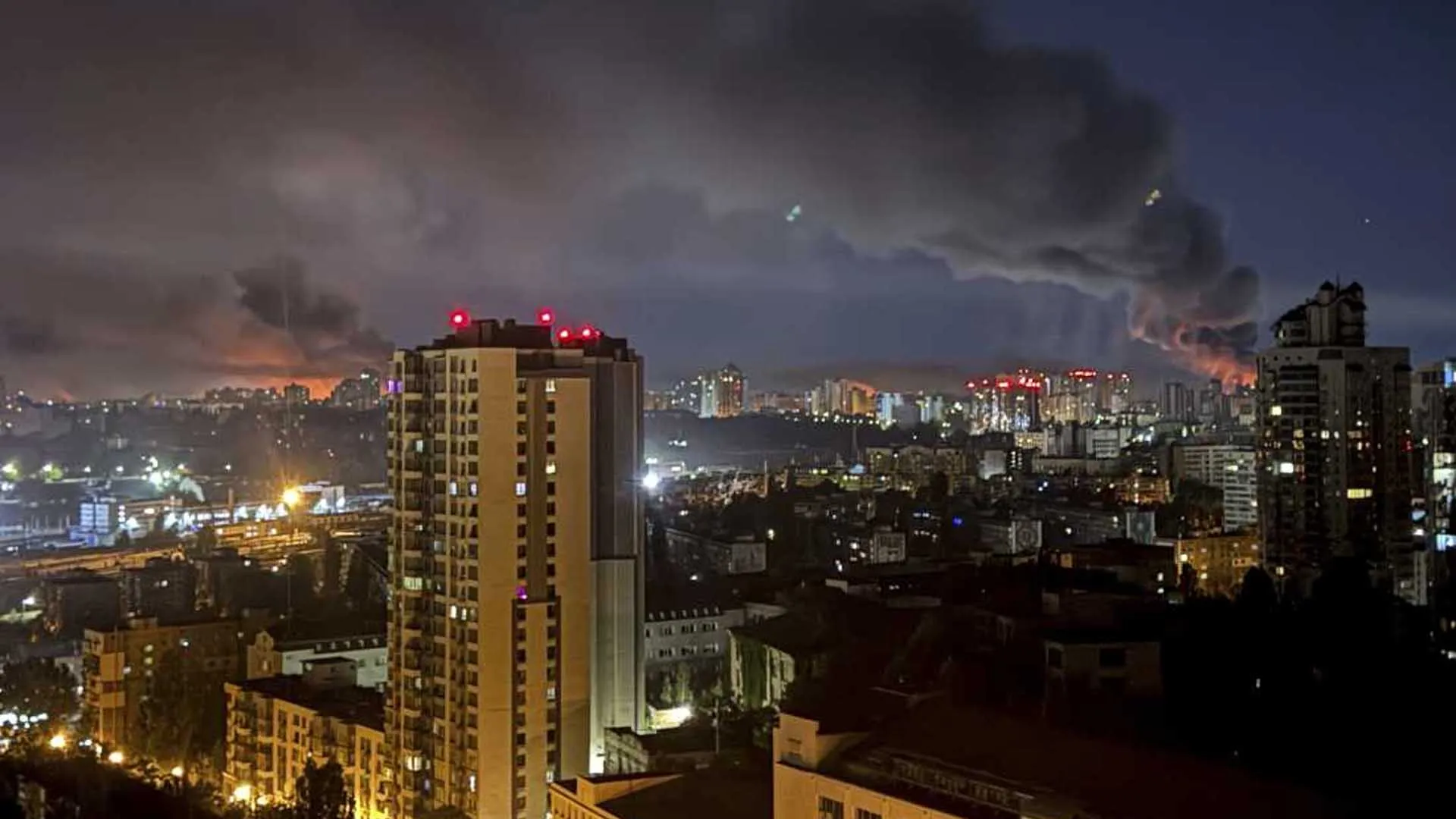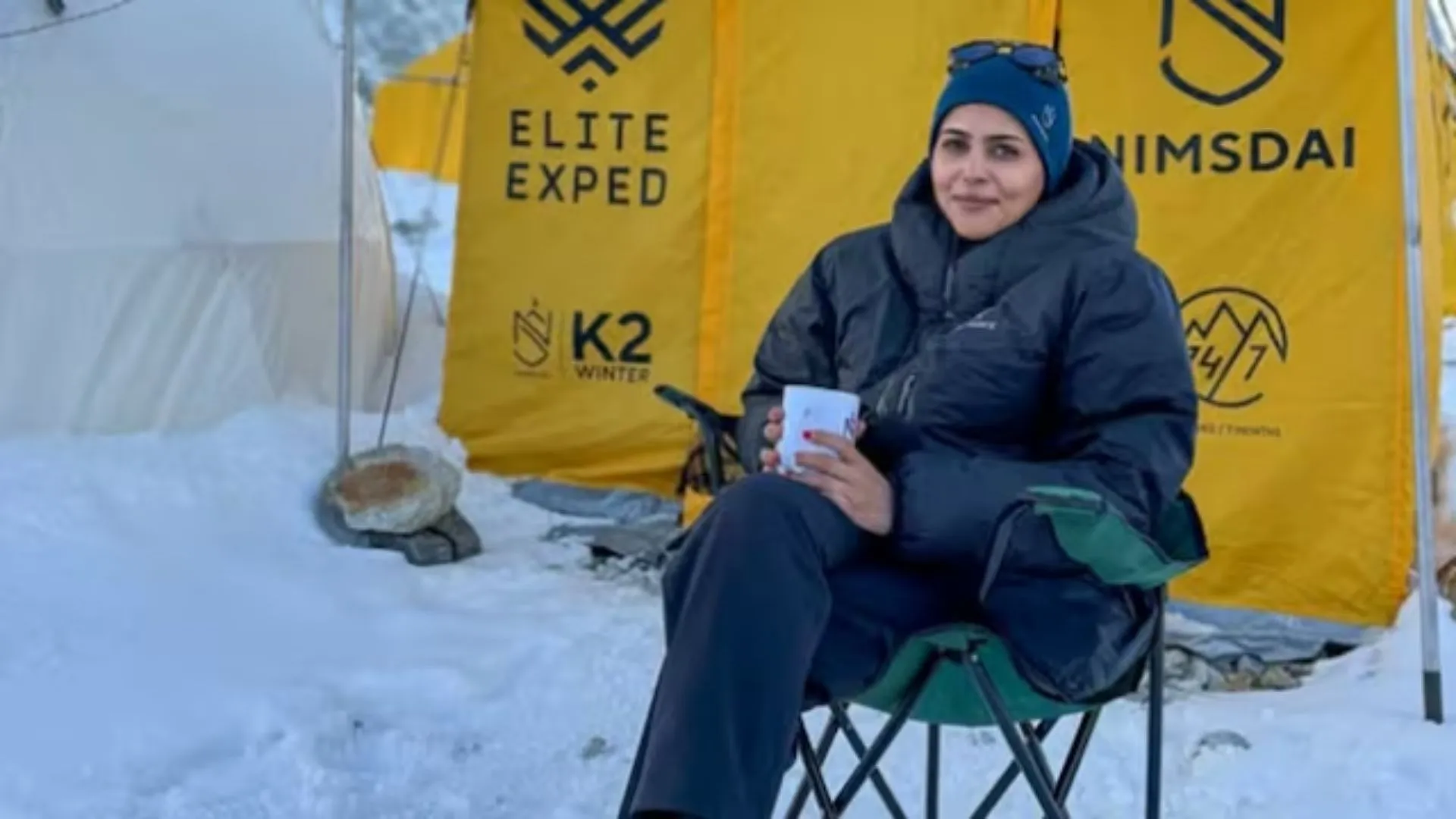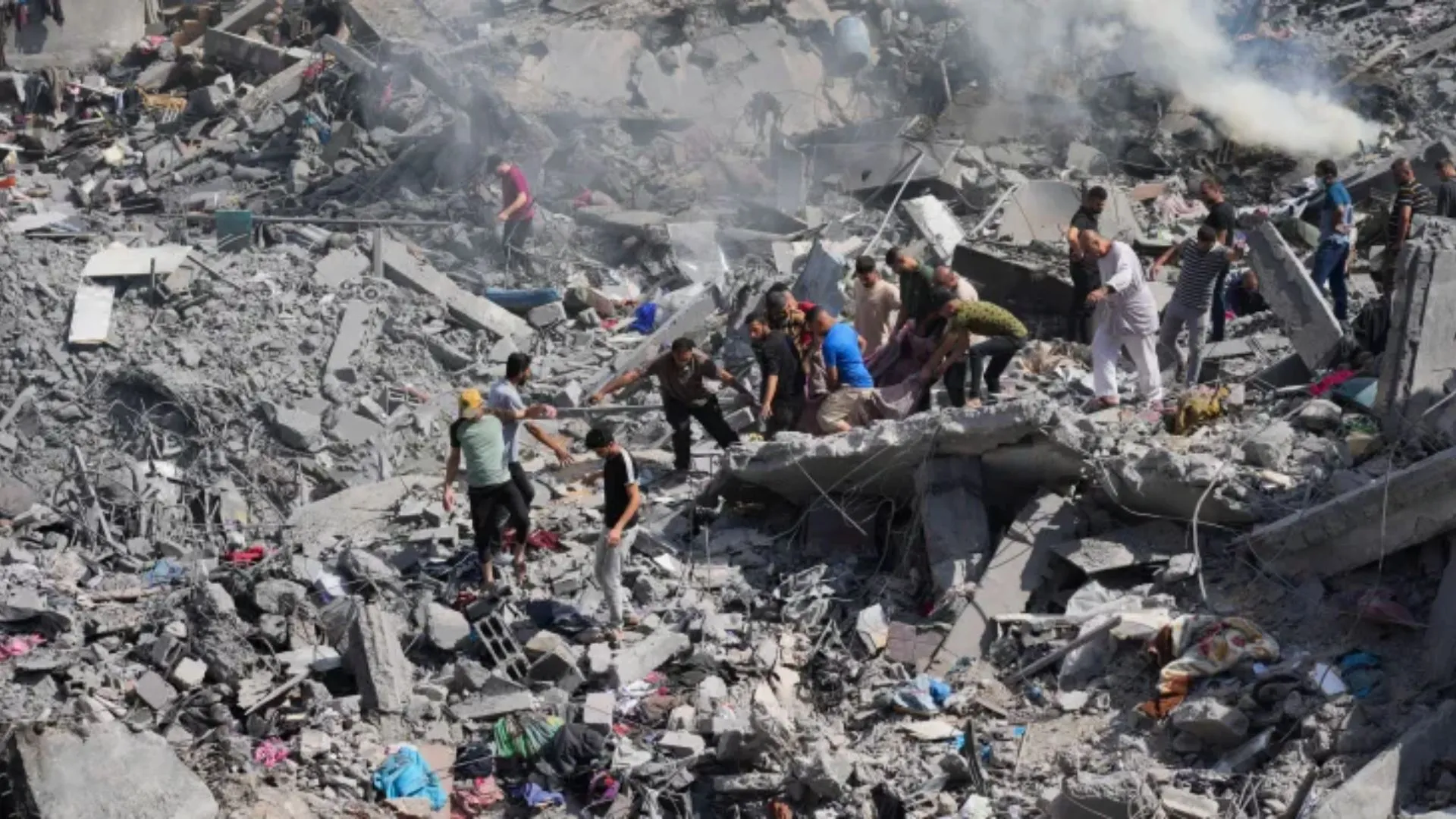A US Air Force pilot who flew a B-2 Stealth Bomber during a high-stakes mission to cripple Iran’s nuclear programme shared a gripping account of the operation. The airstrikes were part of a 37-hour-long campaign dubbed Operation Midnight Hammer, and targeted three nuclear sites—Natanz, Fordow, and Isfahan.
The Pentagon has now made parts of the mission public, shedding light on the scale and intensity of the operation.
“Brightest Explosion I’ve Ever Seen,” Says Pilot
Chairman of the Joint Chiefs of Staff, General Dan Caine, offered insights into the mission and recounted what one of the participating pilots told him.
“This was the brightest explosion I’ve ever seen—it looked like daylight,” Caine said, quoting the pilot.
He also added,
“A crew member told me when I talked to them on video the other day that this felt like the Super Bowl, the thousands of scientists, airmen, and maintainers all coming together.”
Strikes Targeted Iran’s Most Secure Nuclear Facilities
The US joined Israel in launching airstrikes against Iran’s nuclear infrastructure over the weekend. Although President Donald Trump claimed that American forces had “obliterated” the sites, some reports suggest that the damage only set back Iran’s program by a few years.
The sites targeted—Natanz, Fordow, and Isfahan—are critical to Iran’s nuclear capabilities. Fordow, in particular, is fortified deep inside a mountain, making it a major challenge for military planners.
Mission Executed by Elite Air Force Crew
The entire 37-hour operation was carried out by a grou of experienced airmen, including both men and women, holding ranks from captain to colonel. Most of them were graduates of the elite Air Force Weapons School in Nevada.
General Caine reflected on the human side of the mission:
“When the crews went to work on Friday, they kissed their loved ones goodbye, not knowing when or if they’d be home. Late on Saturday night, their families became aware of what was happening.”
After the operation concluded, the B-2 bombers safely returned to Missouri, where they were greeted by emotional families waving flags.
“Waving flags and tears were flowing,” Caine added.
Iran Tried to Reinforce Fordow Before Strikes
In the days before the airstrikes, Iranian forces attempted to strengthen their defences at Fordow. They sealed the ventilation shafts with concrete, hoping to block any US missile entry points. However, US military planners had already accounted for these efforts.
“I won’t share the specific dimensions of the concrete cap. But you should know that we know what the dimensions of those concrete caps were. The planners had to account for this. They accounted for everything,” General Caine confirmed.

